Home>Furniture & Design>Bathroom Accessories>How To Remove Rust From The Bathtub
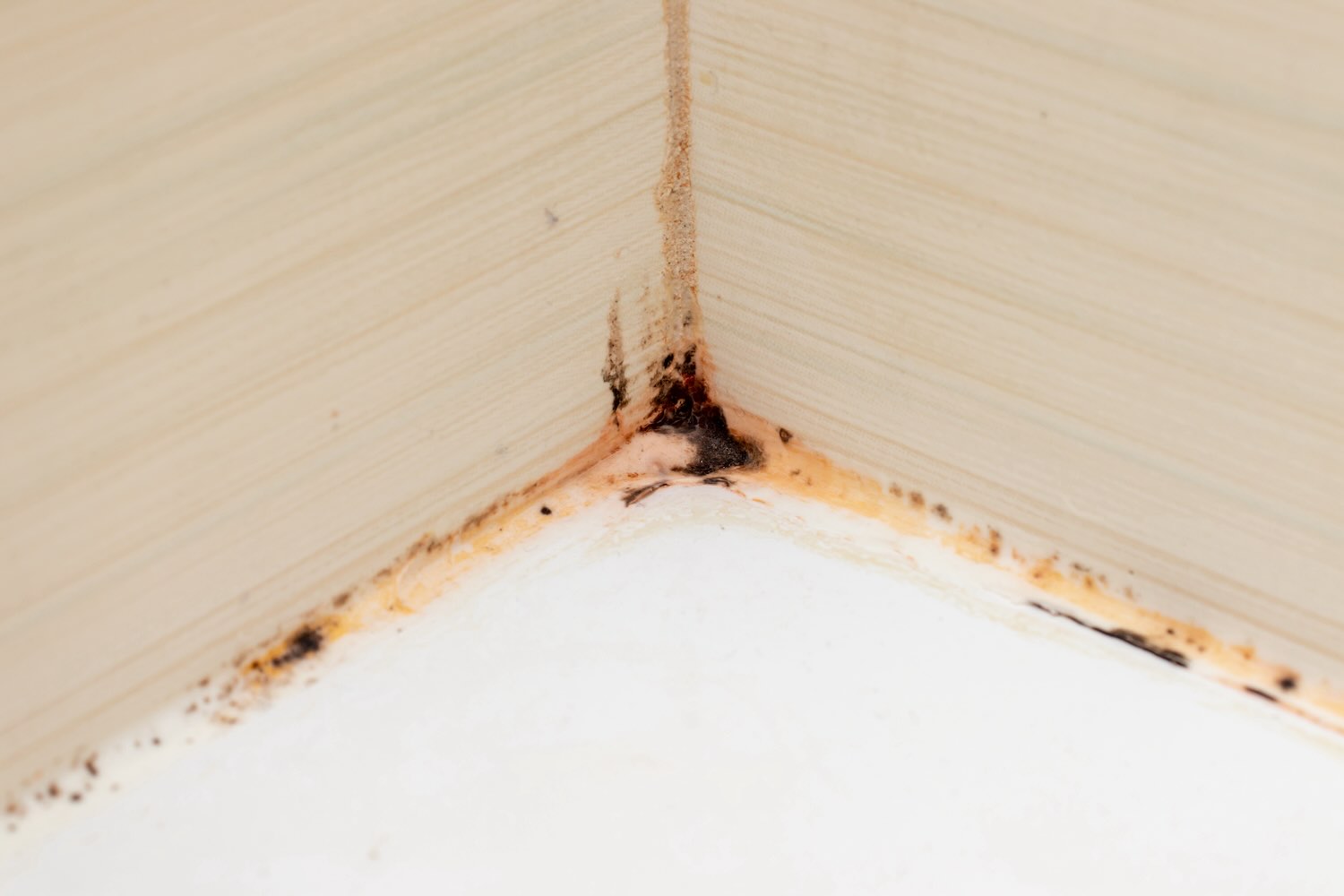

Bathroom Accessories
How To Remove Rust From The Bathtub
Modified: September 2, 2024
Learn effective methods to remove rust from your bathtub and keep your bathroom accessories looking clean and new. Say goodbye to unsightly rust stains with these simple tips and tricks.
(Many of the links in this article redirect to a specific reviewed product. Your purchase of these products through affiliate links helps to generate commission for Storables.com, at no extra cost. Learn more)
Introduction
Rust can be a persistent and unsightly problem in many households, especially when it affects the bathtub. The accumulation of rust not only diminishes the aesthetic appeal of the bathtub but also poses potential health risks. Fortunately, with the right approach and materials, it is possible to effectively remove rust and prevent its recurrence.
In this comprehensive guide, we will delve into the causes of rust in the bathtub, the essential materials needed for rust removal, and a step-by-step process to eliminate rust stains. Additionally, we will explore preventive measures to ensure that your bathtub remains rust-free for the long term.
By following the insights and techniques outlined in this article, you can restore the pristine condition of your bathtub and create a more hygienic and visually pleasing bathroom environment. Let's embark on this journey to bid farewell to rust and embrace the rejuvenation of your bathtub.
Key Takeaways:
- Say goodbye to bathtub rust by using natural agents like vinegar and baking soda, and prevent its return by keeping your bathtub dry and using rust-resistant accessories.
- Keep your bathtub rust-free by addressing leaks, using gentle cleaning agents, and maintaining proper ventilation. With the right materials and techniques, you can restore and maintain a pristine bathtub.
Read more: How To Remove Rust From Calipers
Understanding the Causes of Rust in the Bathtub
Rust in the bathtub is a common issue that can stem from various factors. Understanding the underlying causes is crucial in effectively addressing and preventing rust buildup. Here are the primary reasons why rust may develop in your bathtub:
-
Metallic Bathtub Surface: Many bathtubs are made of metal, such as cast iron or steel, which can be susceptible to rust over time. If the enamel or protective coating on the bathtub surface becomes compromised due to chips, cracks, or scratches, the underlying metal can be exposed to moisture, leading to rust formation.
-
Hard Water: The mineral content in hard water, particularly iron oxide, can contribute to rust stains in the bathtub. When hard water comes into contact with the bathtub surface and is not promptly cleaned, it can leave behind mineral deposits that eventually oxidize and manifest as rust.
-
Leaky Faucets or Pipes: Persistent water leaks from faucets, showerheads, or plumbing pipes can result in constant moisture exposure in the bathtub area. This prolonged dampness creates an ideal environment for rust to develop, especially if the leaks go unnoticed or unaddressed for an extended period.
-
Improper Cleaning Products: The use of harsh or abrasive cleaning agents on the bathtub surface can cause damage to the protective coating, making it more susceptible to rust. Additionally, certain cleaning products may contain chemicals that react with the metal, accelerating the oxidation process and promoting rust formation.
-
Lingering Moisture: Inadequate ventilation in the bathroom can lead to lingering moisture after bathing or showering. When water droplets remain on the bathtub surface for prolonged periods, especially in combination with soap residue, it can expedite the onset of rust, particularly in areas with existing imperfections or damage.
By recognizing these potential causes of rust in the bathtub, you can take proactive measures to address the root issues and implement effective rust removal and prevention strategies. In the following sections, we will explore the essential materials and step-by-step techniques for removing rust from the bathtub, as well as practical tips for preventing its recurrence.
Materials Needed for Removing Rust
When it comes to removing rust from the bathtub, having the right materials at your disposal is essential for achieving effective results. Here's a comprehensive list of the materials you will need to tackle rust stains and restore the pristine condition of your bathtub:
-
Protective Gear: Before embarking on the rust removal process, it's crucial to prioritize safety. Equip yourself with protective gear, including rubber gloves, safety goggles, and a face mask to shield against potential exposure to cleaning chemicals and rust particles.
-
White Vinegar or Lemon Juice: Both white vinegar and lemon juice are natural acidic agents that can effectively break down rust stains. These household items serve as eco-friendly alternatives to harsh chemical cleaners and are particularly useful for mild to moderate rust discoloration.
-
Baking Soda: Baking soda, also known as sodium bicarbonate, is a versatile and gentle abrasive that can aid in scrubbing away rust stains without causing damage to the bathtub surface. It also possesses mild alkaline properties, making it an excellent complement to acidic rust removal agents.
-
Soft-bristled Brush or Sponge: To facilitate the application and gentle scrubbing of rust removal solutions, a soft-bristled brush or sponge is indispensable. Opt for a non-abrasive brush to avoid scratching the bathtub surface while effectively targeting rust-affected areas.
-
Rust Remover Solution: For more stubborn or extensive rust stains, consider using a commercial rust remover solution. Look for products specifically formulated for use on bathtubs and ensure that they are safe for the bathtub material. Always follow the manufacturer's instructions when using chemical-based rust removers.
-
Microfiber Cloths or Towels: Absorbent and non-abrasive microfiber cloths or towels are ideal for drying the bathtub after the rust removal process. They help prevent the formation of new rust by ensuring that the bathtub surface is thoroughly dried and free from residual moisture.
-
Rust-resistant Primer and Paint (Optional): In cases where the rust has caused damage to the bathtub's protective coating or enamel, having rust-resistant primer and paint on hand can be beneficial for restoring the bathtub's appearance and safeguarding it against future rust formation.
By assembling these essential materials, you can effectively address rust stains in your bathtub and embark on the journey to rejuvenating its appearance. In the subsequent section, we will delve into a step-by-step guide for removing rust from the bathtub, providing actionable techniques to achieve optimal results.
Step-by-Step Guide to Removing Rust from the Bathtub
-
Assess the Rust Severity: Begin by assessing the extent of rust stains on the bathtub surface. Identify areas with mild discoloration as well as those with more pronounced rust accumulation. This initial evaluation will guide the selection of appropriate rust removal methods and materials.
-
Prepare the Rust Removal Solution: For mild rust stains, create a natural rust removal solution by mixing equal parts of white vinegar or lemon juice with baking soda to form a paste. Alternatively, for more stubborn rust, follow the manufacturer's instructions to prepare a commercial rust remover solution.
-
Apply the Rust Removal Solution: Using a soft-bristled brush or sponge, apply the prepared rust removal solution to the affected areas of the bathtub. Ensure thorough coverage of the rust stains, allowing the solution to penetrate and break down the oxidation.
-
Gentle Scrubbing: With the aid of the soft-bristled brush or sponge, gently scrub the rust-affected areas in circular motions. Exercise caution to avoid aggressive scrubbing that may damage the bathtub surface. The combination of the rust removal solution and gentle scrubbing will help lift and loosen the rust stains.
-
Allow Dwell Time: After applying the rust removal solution and scrubbing the affected areas, allow the solution to dwell for the recommended duration. This dwell time enables the acidic or chemical properties of the solution to effectively dissolve and dislodge the rust from the bathtub surface.
-
Rinse and Repeat if Necessary: Thoroughly rinse the bathtub with water to remove the rust removal solution and any loosened rust particles. Inspect the treated areas to determine if additional rust removal steps are required. For persistent rust stains, consider repeating the application and gentle scrubbing process until the desired results are achieved.
-
Dry the Bathtub Surface: Once the rust removal process is complete, use microfiber cloths or towels to thoroughly dry the bathtub surface. Ensure that all moisture is removed to prevent the formation of new rust.
-
Optional: Surface Restoration: If the rust has caused damage to the bathtub's protective coating or enamel, consider applying a rust-resistant primer and paint to restore the surface. Follow the manufacturer's instructions for proper application and drying times.
By following this step-by-step guide, you can effectively remove rust from your bathtub and restore its original luster. Remember to prioritize safety by wearing protective gear and carefully following the instructions for rust removal solutions. With persistence and the right materials, you can bid farewell to rust and rejuvenate your bathtub to its former glory.
Preventing Rust from Coming Back
Preventing the recurrence of rust in your bathtub is essential for maintaining its pristine condition and prolonging its longevity. By implementing proactive measures and incorporating preventive strategies into your regular maintenance routine, you can effectively safeguard your bathtub against future rust formation. Here's a detailed exploration of practical steps to prevent rust from coming back:
Read more: How To Remove Rust From Glass
Regular Cleaning and Drying
Consistent cleaning and drying practices are fundamental in preventing rust in the bathtub. After each use, thoroughly rinse the bathtub to remove any soap residue and mineral deposits. Use a squeegee or microfiber cloth to dry the bathtub surface, ensuring that no moisture is left behind. By promptly eliminating standing water and moisture, you can mitigate the conditions conducive to rust formation.
Avoid Harsh Cleaning Agents
Opt for mild and non-abrasive cleaning agents specifically formulated for bathtubs. Harsh chemicals can compromise the protective coating of the bathtub, making it more susceptible to rust. Additionally, refrain from using abrasive scrubbers that can scratch the surface, as these scratches can become potential sites for rust development.
Address Leaks and Plumbing Issues
Regularly inspect and promptly repair any leaks in faucets, showerheads, or plumbing pipes connected to the bathtub. Persistent moisture from leaks can accelerate rust formation. By addressing plumbing issues in a timely manner, you can minimize prolonged exposure to moisture and mitigate the risk of rust.
Apply Protective Coatings
Consider applying a protective coating or sealant to the bathtub surface, especially if it has undergone repairs or refinishing. These coatings act as a barrier against moisture and oxidation, effectively reducing the likelihood of rust formation. Ensure that the chosen coating is compatible with the bathtub material and follow the manufacturer's guidelines for application.
Read more: How To Remove Rust From Stucco
Use Rust-resistant Accessories
Opt for rust-resistant accessories such as shower caddies, soap dishes, and bath mats. These accessories are designed to withstand moisture and minimize the potential for rust transfer to the bathtub surface. Additionally, regularly inspect and replace any accessories showing signs of rust to prevent contamination.
Maintain Adequate Ventilation
Proper ventilation in the bathroom is crucial for reducing humidity levels and expelling moisture. Ensure that the bathroom is well-ventilated during and after bathing or showering. Consider installing exhaust fans or opening windows to facilitate air circulation, thereby discouraging the accumulation of moisture that can contribute to rust.
By integrating these preventive measures into your bathtub maintenance routine, you can effectively thwart the recurrence of rust and preserve the pristine condition of your bathtub. Consistency and attention to detail are key in maintaining a rust-free bathtub environment, ensuring a hygienic and visually appealing bathing space for years to come.
Conclusion
In conclusion, the presence of rust in the bathtub can be a persistent nuisance, detracting from the overall appeal and cleanliness of the bathroom space. However, armed with the knowledge of the causes of rust, the essential materials for rust removal, and a step-by-step guide to effectively address rust stains, you are well-equipped to restore the pristine condition of your bathtub. By understanding the underlying factors contributing to rust formation, such as the bathtub material, hard water, leaks, and improper cleaning practices, you can proactively address these issues and implement preventive measures to mitigate rust recurrence.
The comprehensive list of materials required for rust removal, including protective gear, natural rust removal agents, soft-bristled brushes, and rust remover solutions, empowers you to embark on the rust removal process with confidence. Whether opting for eco-friendly solutions or commercial rust removers, the choice of materials aligns with your preferences and the severity of rust stains, ensuring a tailored approach to rust removal.
The step-by-step guide provided offers a systematic and practical approach to removing rust from the bathtub, emphasizing the importance of gentle scrubbing, dwell time, and thorough drying. Additionally, the optional surface restoration steps serve as a valuable resource for addressing more extensive rust damage, enabling you to rejuvenate the bathtub surface and fortify it against future rust formation.
Furthermore, the proactive measures outlined for preventing rust from coming back underscore the significance of regular cleaning, drying, and maintenance practices. By incorporating these preventive strategies into your routine, you can safeguard your bathtub against the detrimental effects of rust, preserving its aesthetic appeal and structural integrity for the long term.
In essence, by embracing the insights and techniques presented in this guide, you can bid farewell to rust and welcome a revitalized bathtub that enhances the overall ambiance of your bathroom. With a commitment to regular maintenance, attentive care, and the application of preventive measures, you can enjoy a rust-free bathtub environment, promoting hygiene, visual appeal, and a sense of rejuvenation within your living space.
Frequently Asked Questions about How To Remove Rust From The Bathtub
Was this page helpful?
At Storables.com, we guarantee accurate and reliable information. Our content, validated by Expert Board Contributors, is crafted following stringent Editorial Policies. We're committed to providing you with well-researched, expert-backed insights for all your informational needs.
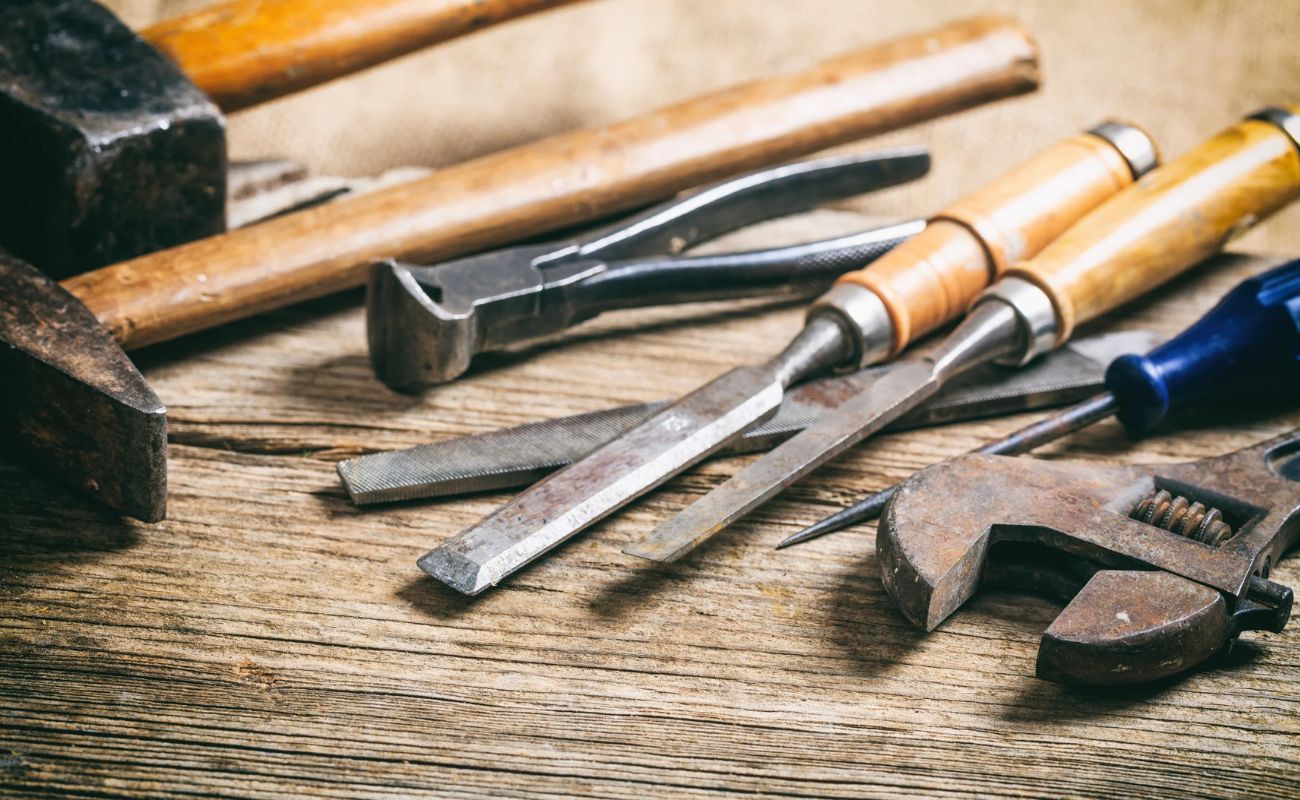
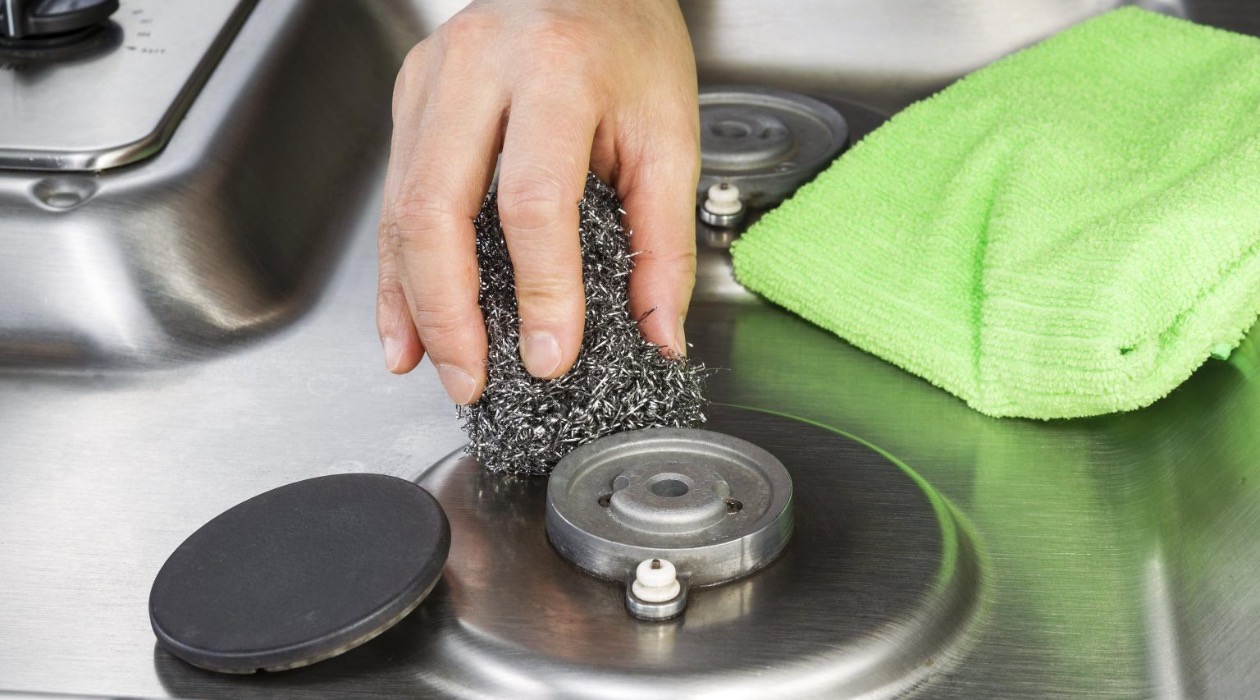
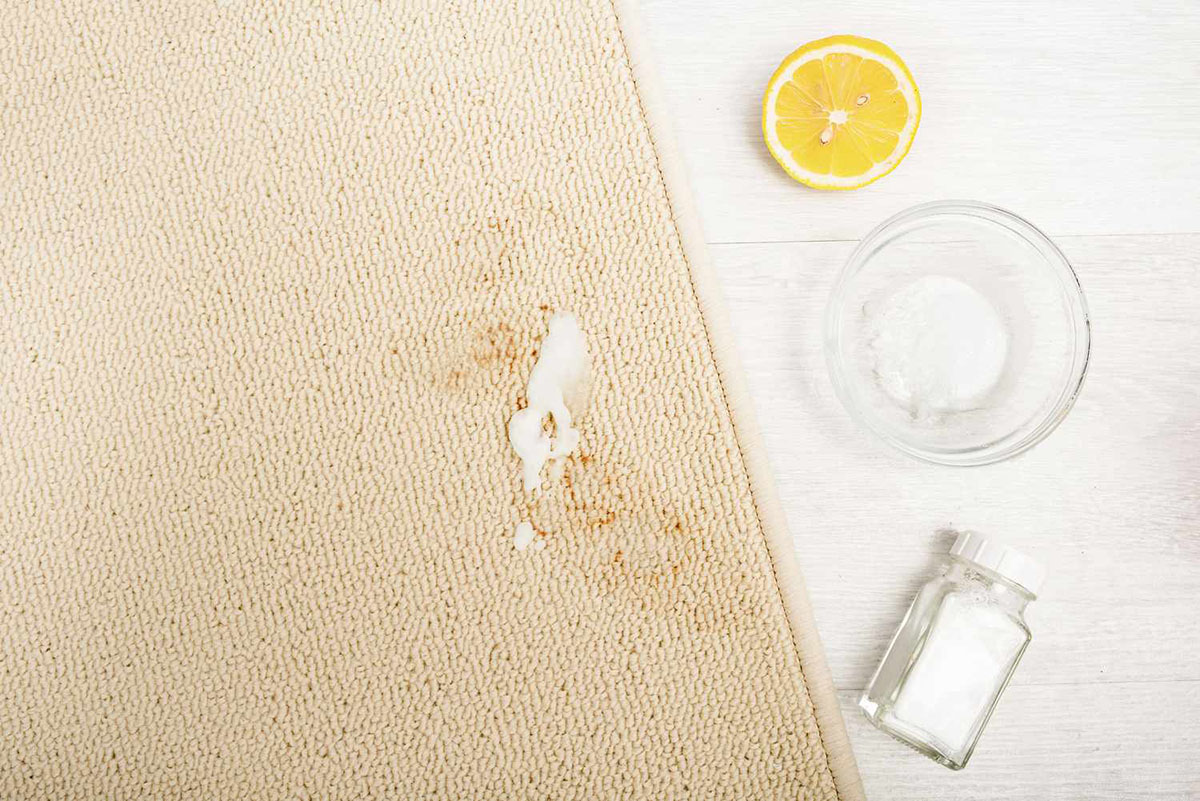
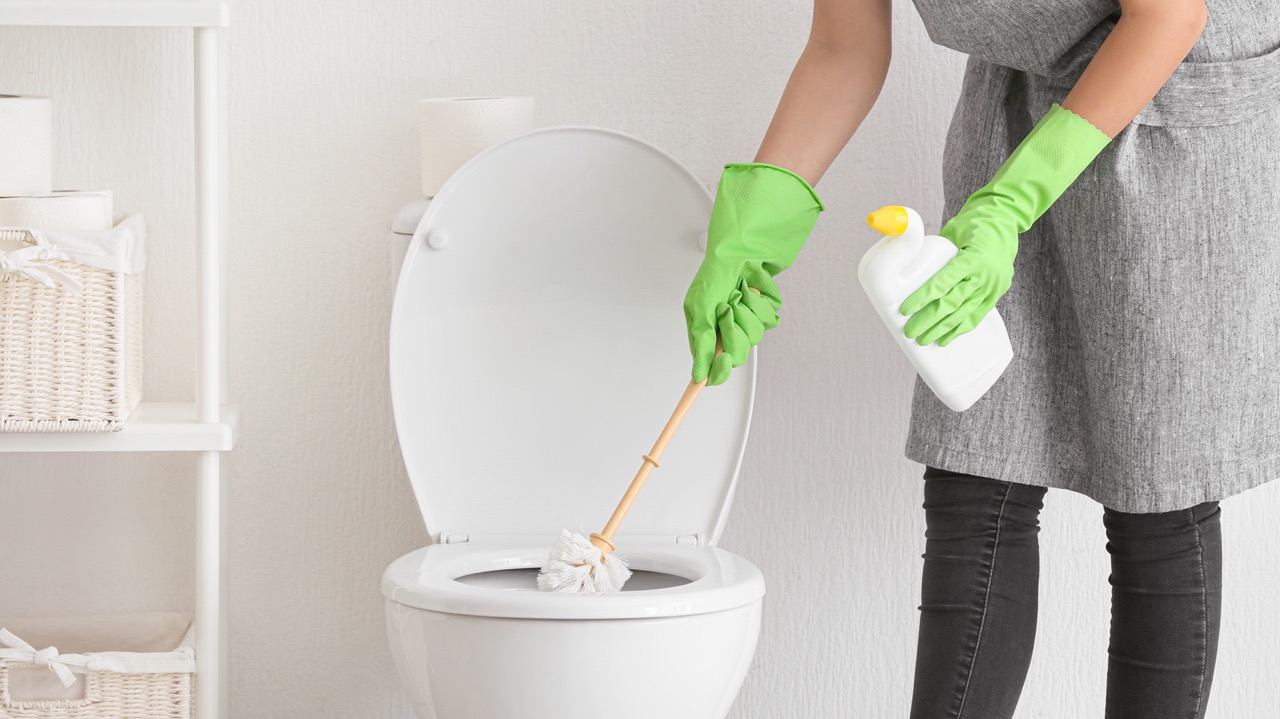
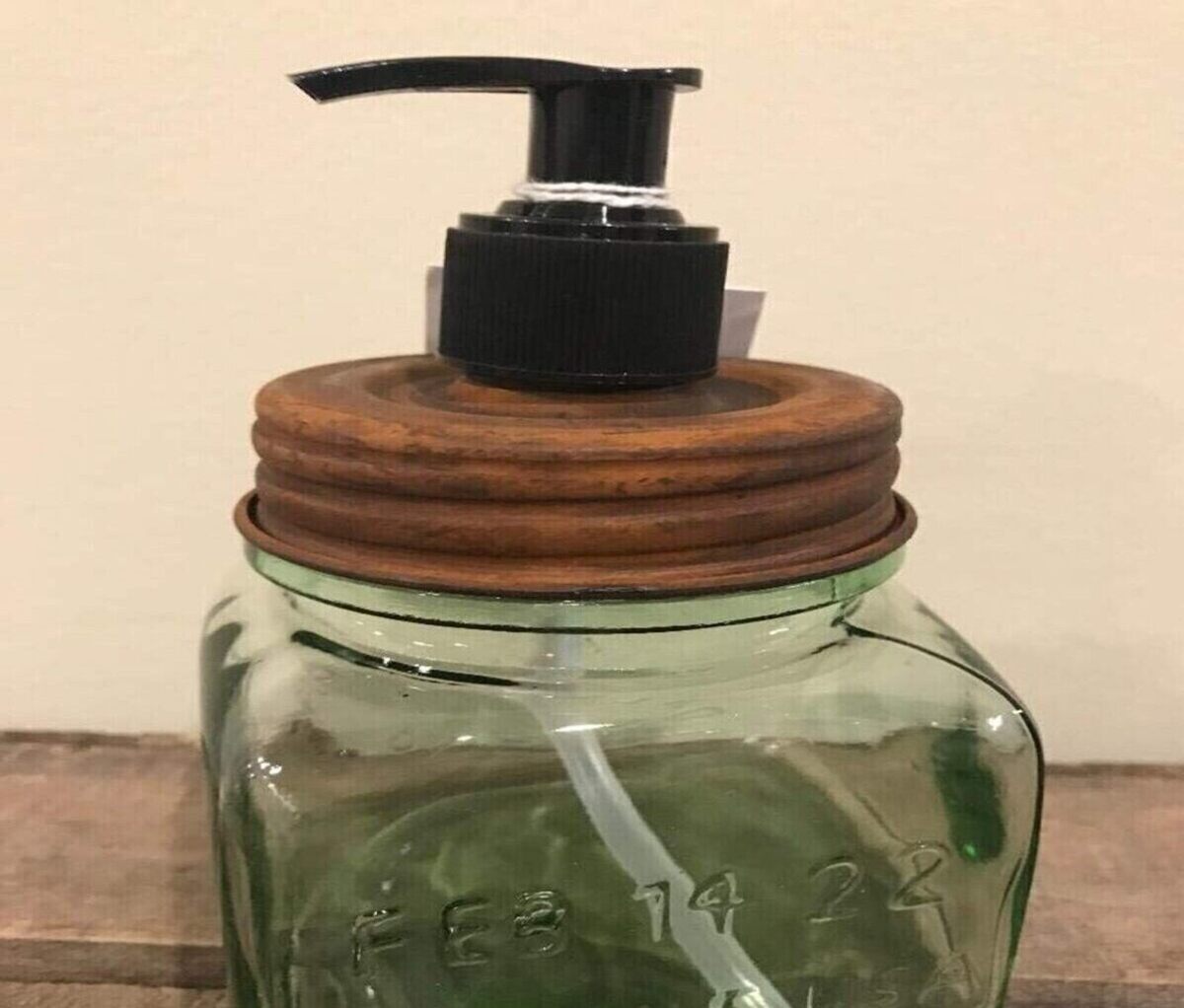
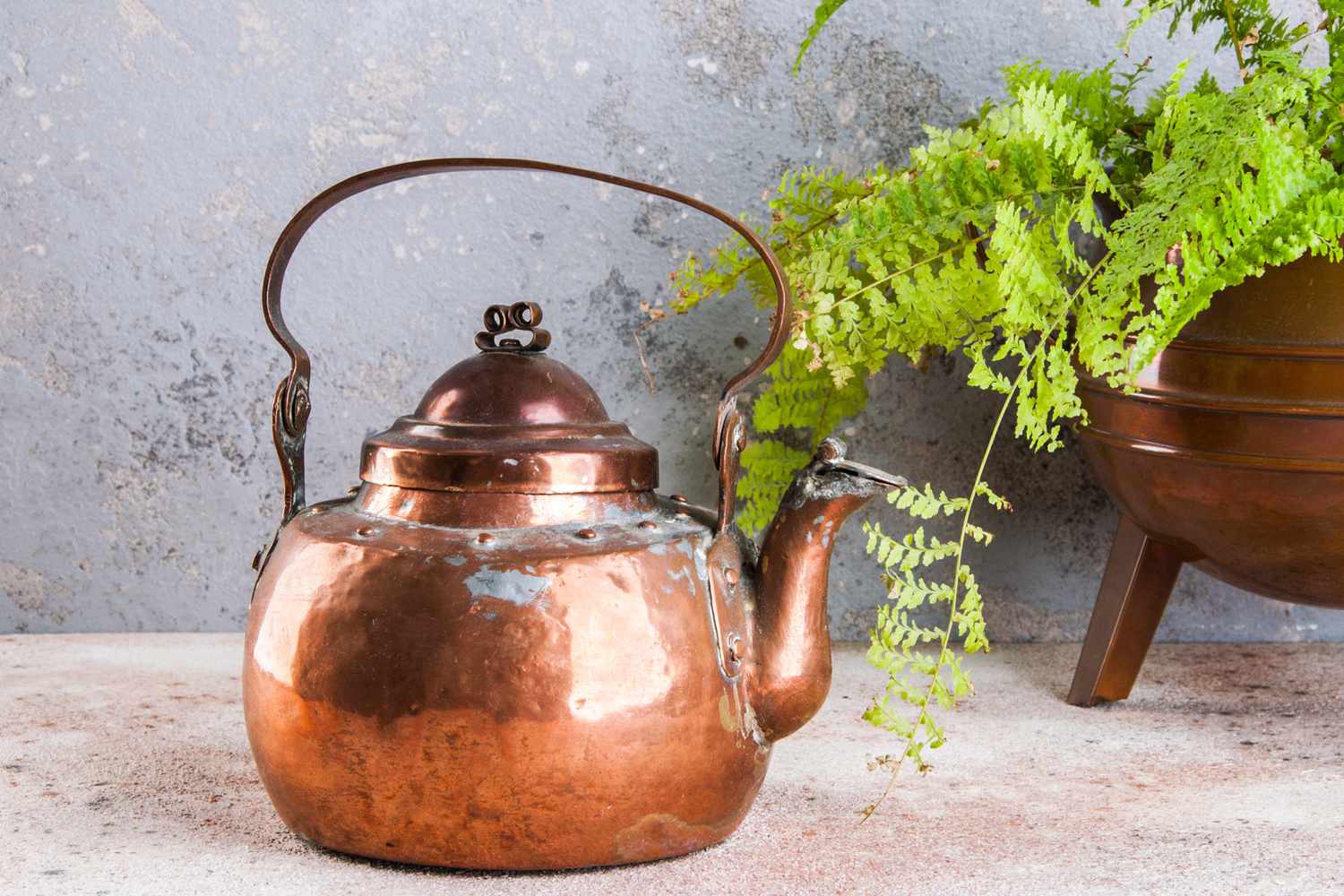
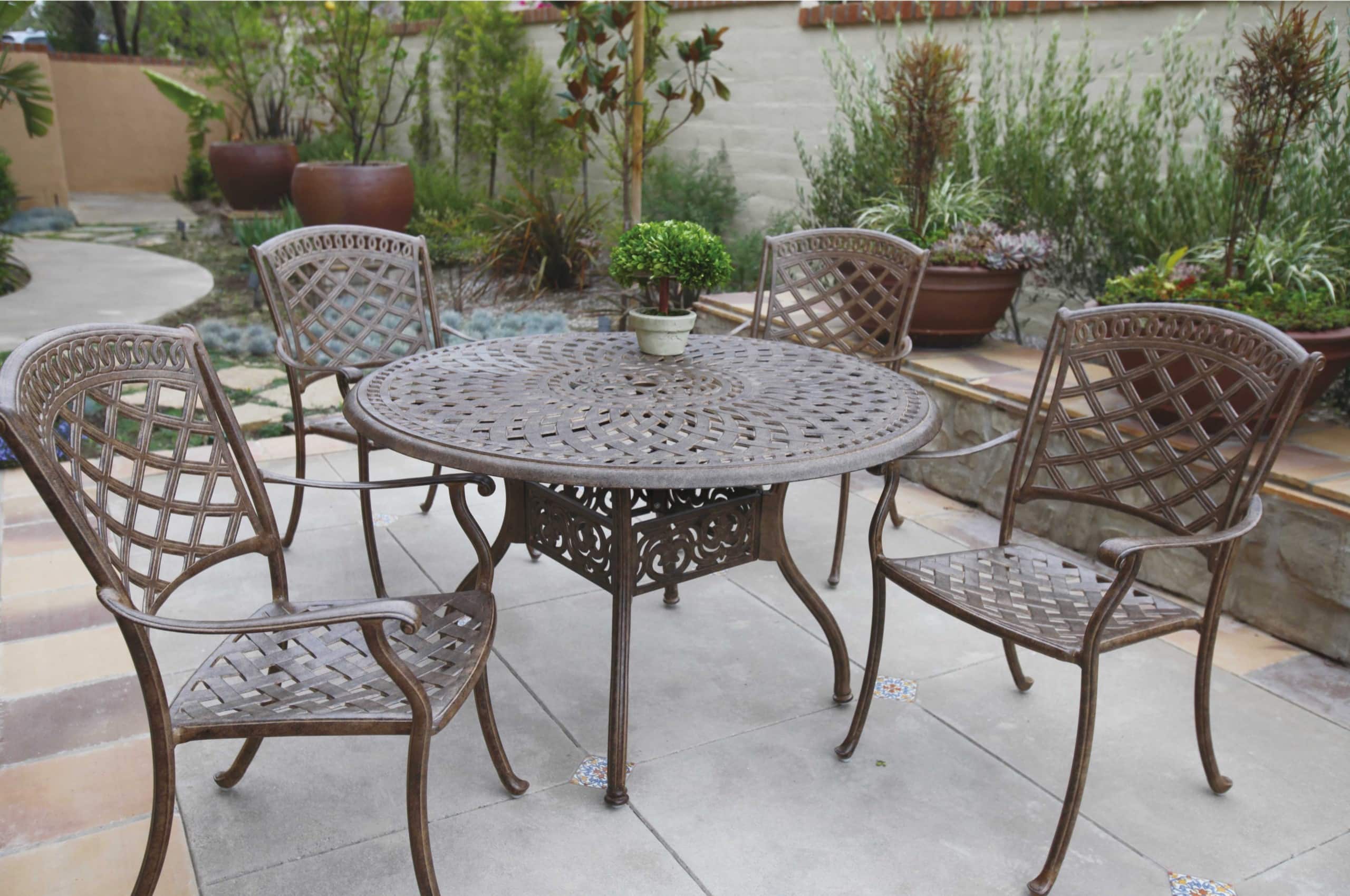
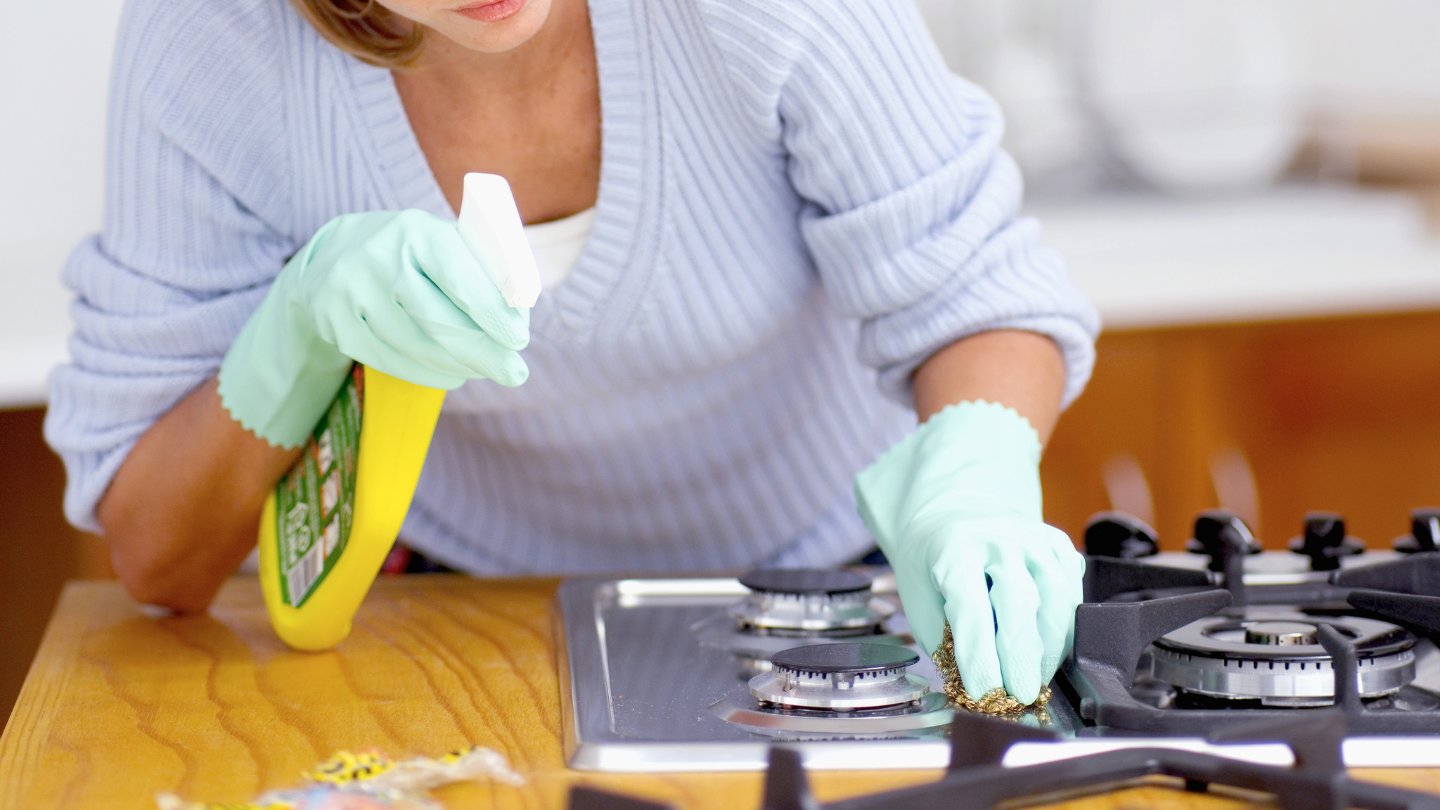
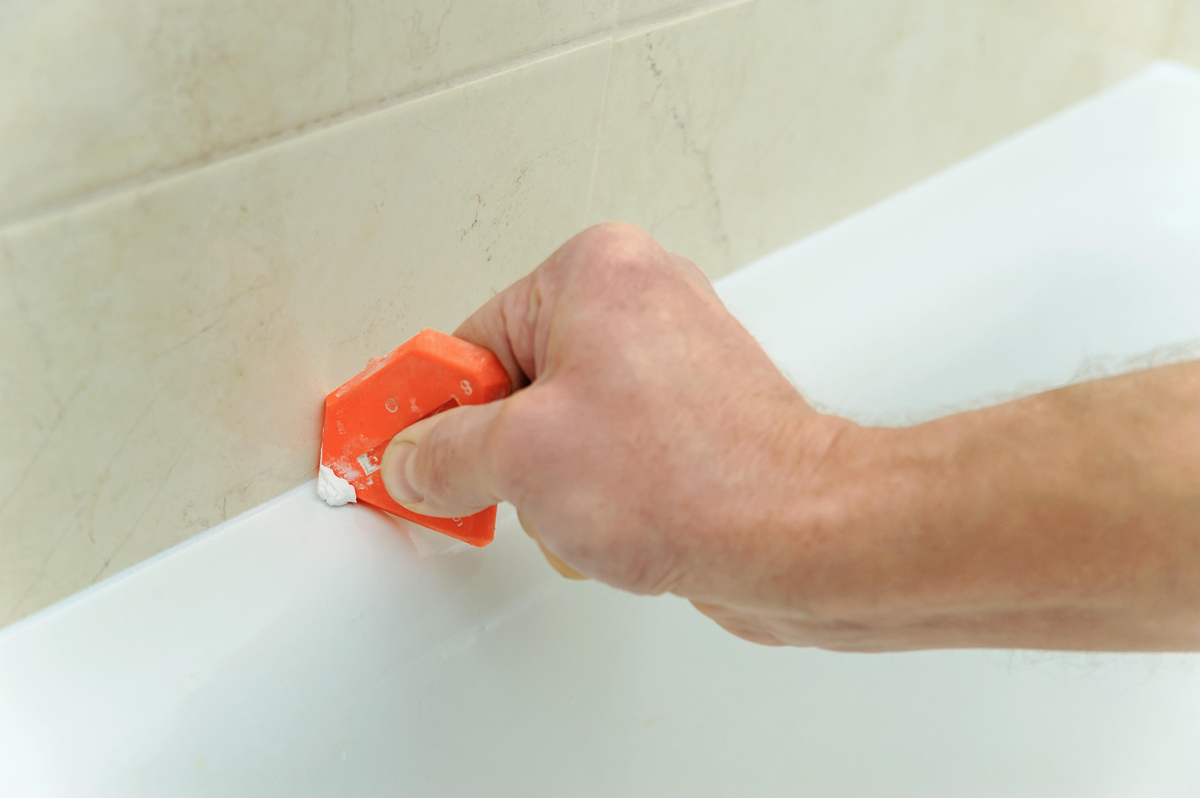
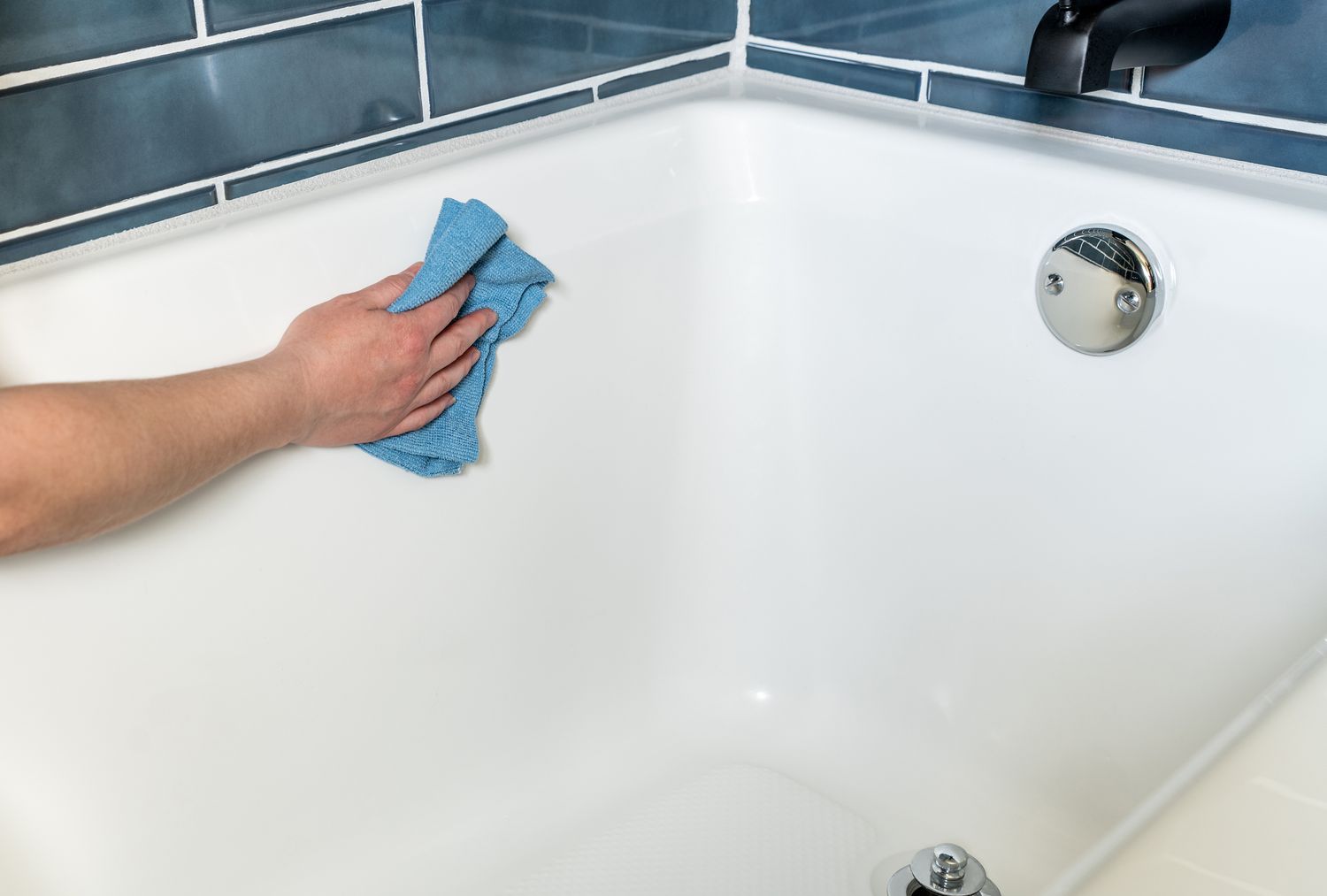
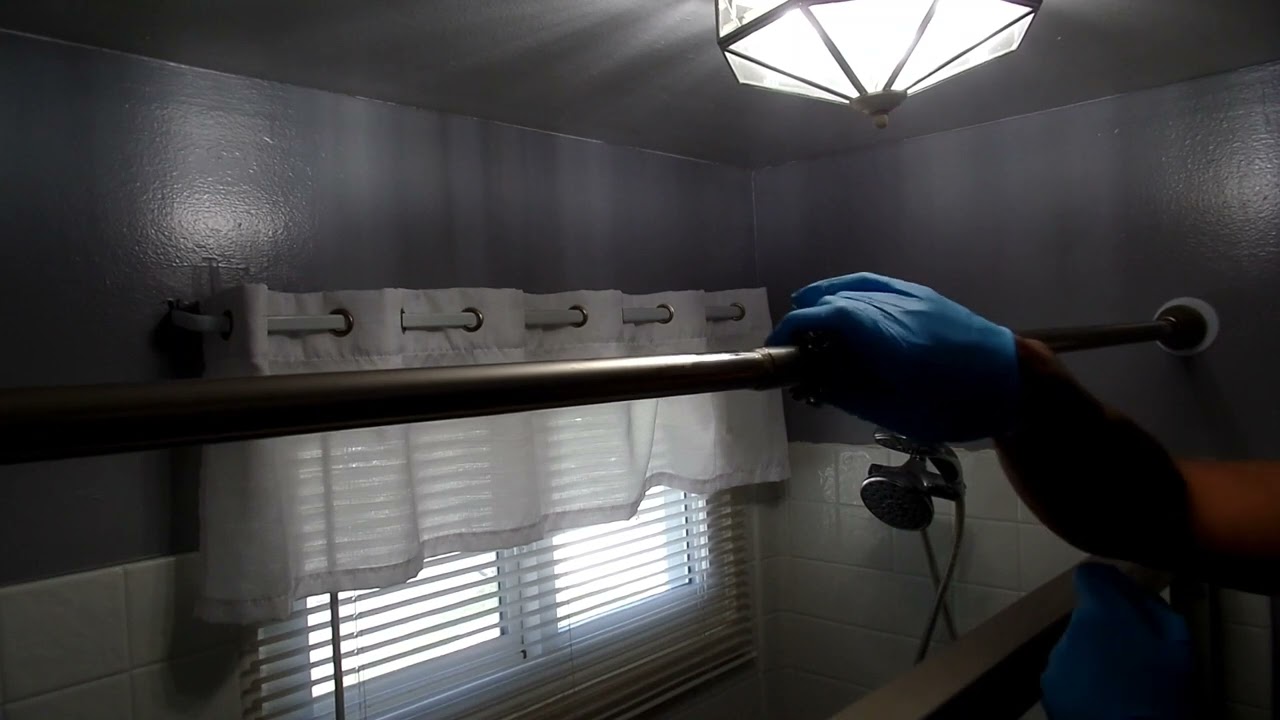
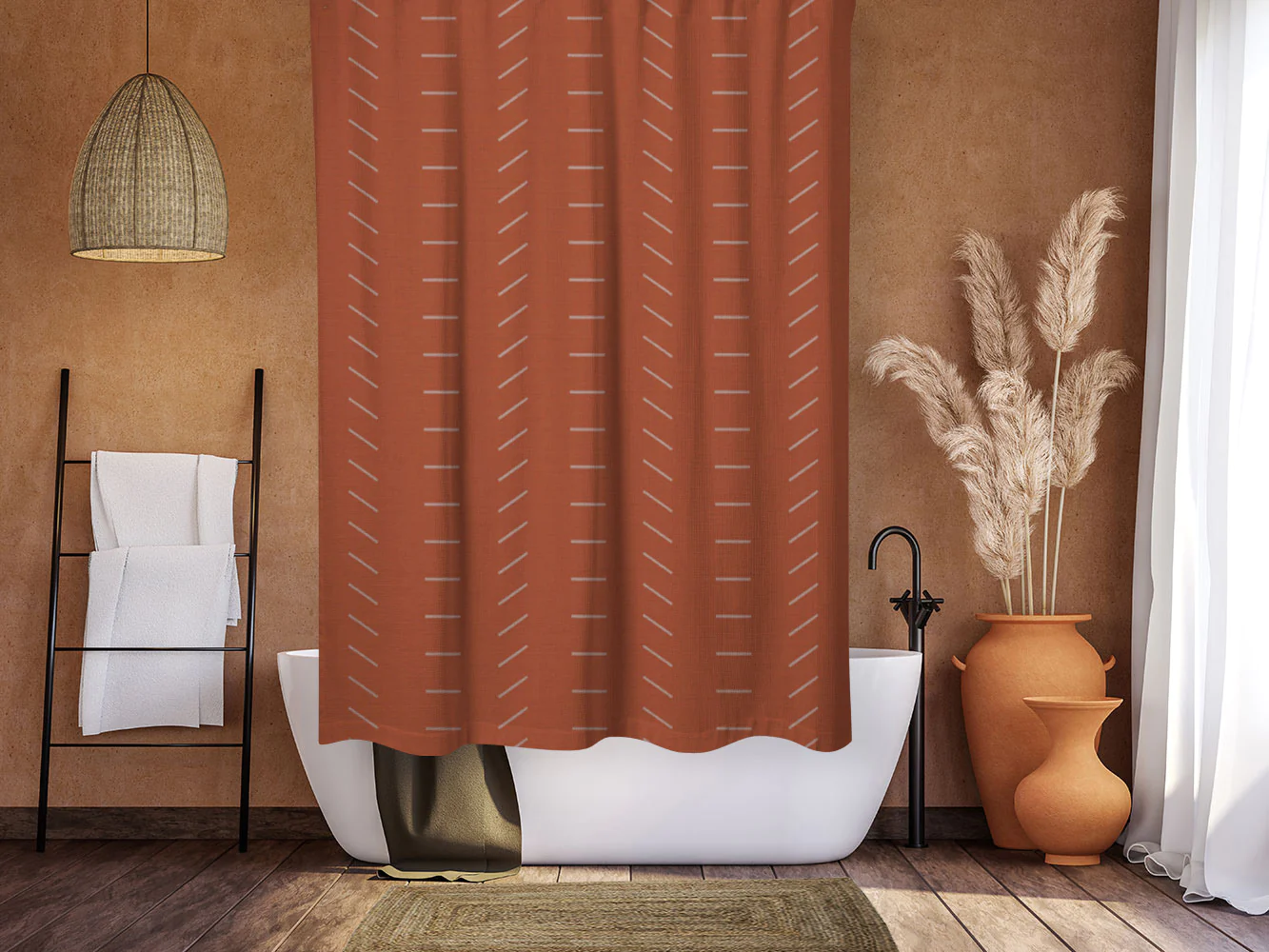
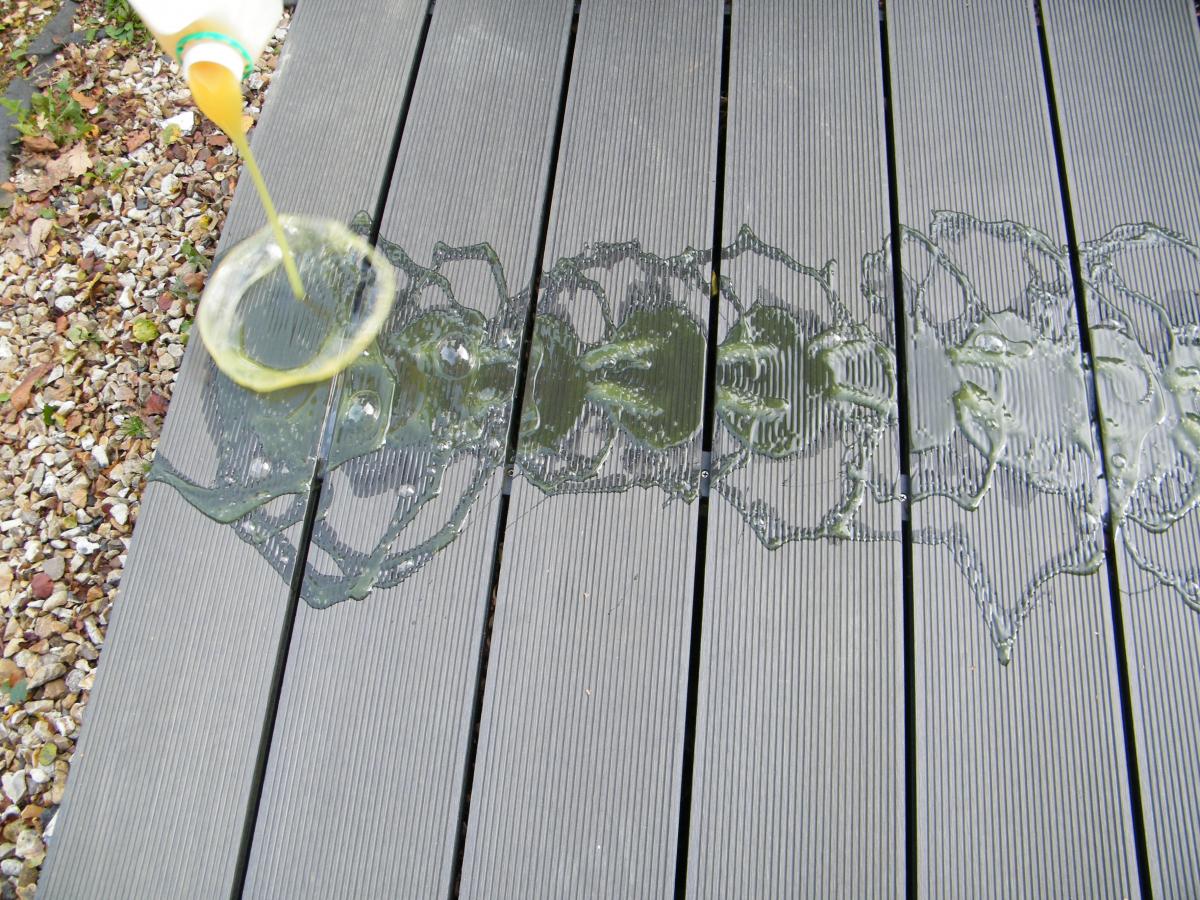

0 thoughts on “How To Remove Rust From The Bathtub”